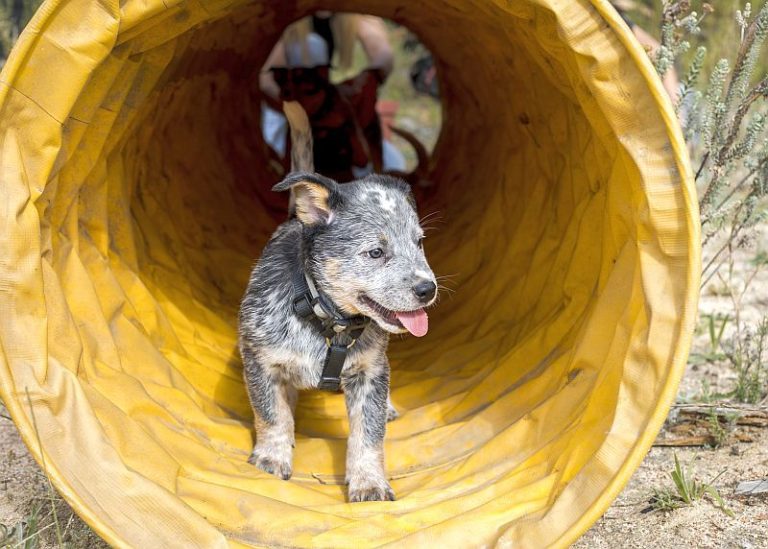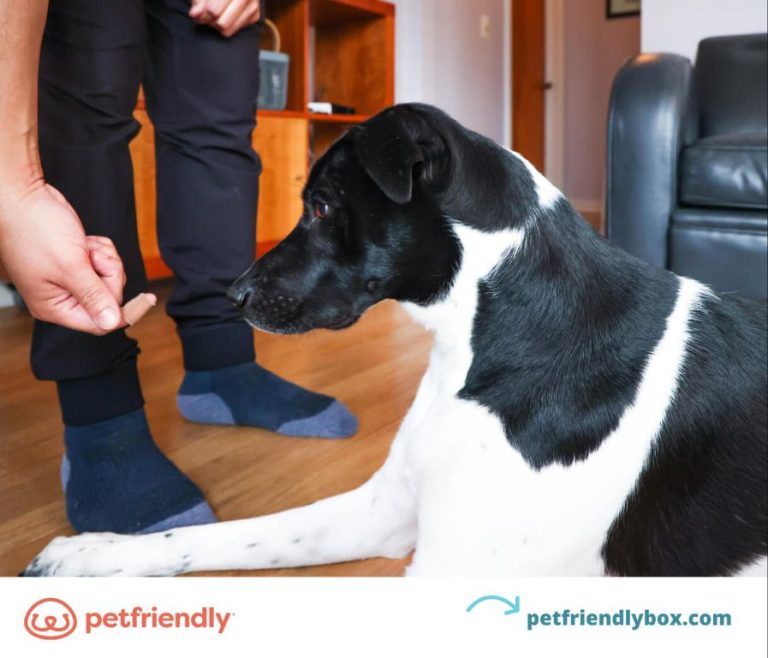Feather Chase: Engage Your Dog’S Hunting Instincts
The Joy of the Chase
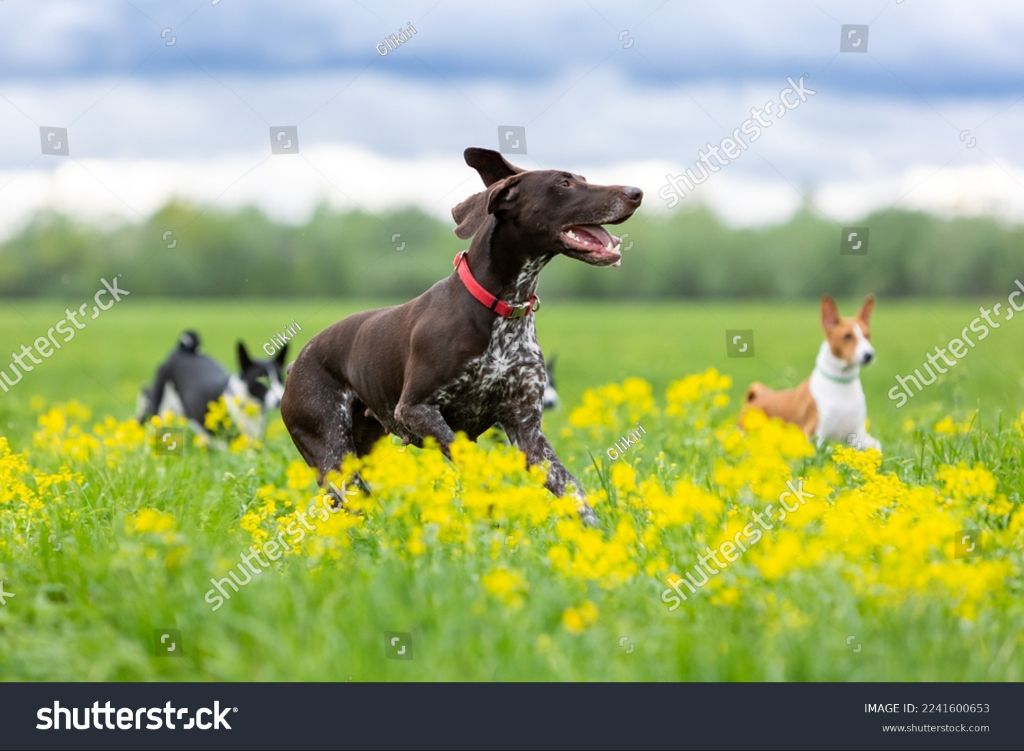
Dogs love to chase things due to their natural hunting instincts. Feather chasing allows dogs to tap into their inherent prey drive in a safe and controlled way. According to WagWalking, chase is a natural game that appeals to a dog’s primal urges.
Feather chasing provides both mental and physical stimulation for dogs. The act of chasing after feathers satisfies their need to run and jump while keeping their mind engaged. As pack hunters, dogs get satisfaction from pursuing and capturing their “prey.”
Feather chasing games are a great outlet for dogs to expend pent-up energy and frustrations. The activity channels their innate chase drive so they can fulfill those instincts in a positive way, rather than through unwanted behaviors like aggression or destruction.
Best Dogs for Feather Chasing
Certain dog breeds are naturally inclined to enjoy feather chasing games due to their high prey drive and energy levels. Some of the best breeds for feather chasing include:
Sight hounds like Greyhounds, Whippets, and Salukis. Their keen eyesight and speed make them excellent chasers.
Sporting breeds such as Labrador Retrievers, Golden Retrievers, Vizslas, Weimaraners, and Pointers. They have a strong retrieving drive.
Terrier breeds including Jack Russell Terriers, Border Terriers, and Rat Terriers. Their tenacity is perfect for chasing feathers.
These types of dogs typically have high energy levels and get mental stimulation from chasing feathers or other moving objects. Satisfying their natural prey drive with games helps prevent problem behaviors from boredom. For any dog, proper training and supervision is key when playing chasing games.
How to Get Started
The key to successfully introducing your dog to feather chasing is starting slow and setting them up for success. Here are some tips on how to get started on the right paw:
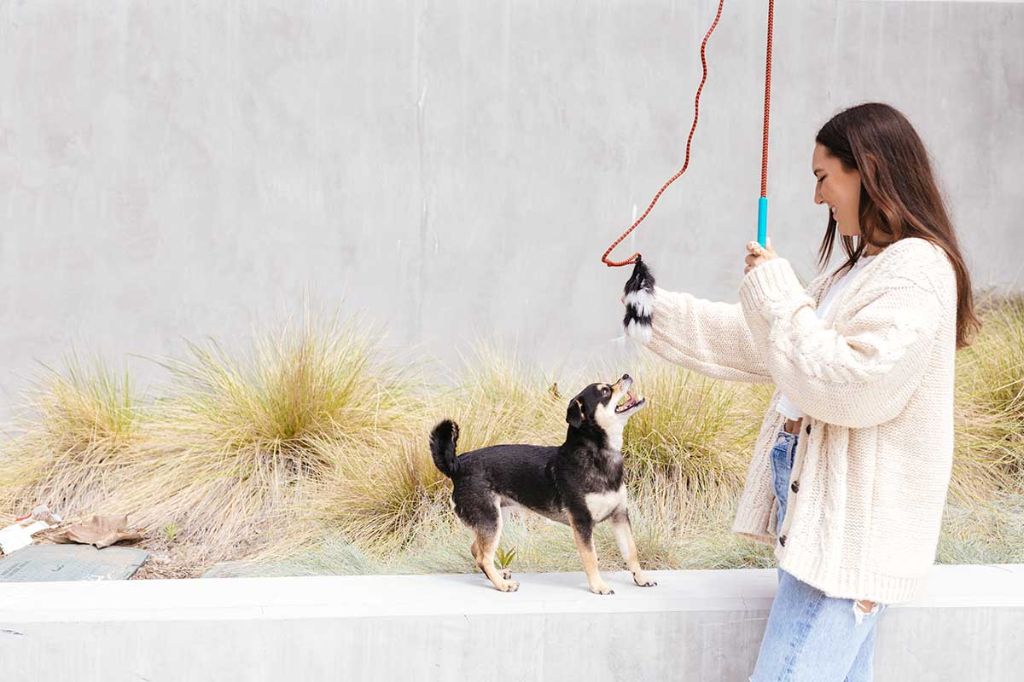
Have proper equipment – Use a long lead or check cord so your dog has room to explore while staying safe. Invest in dog training dummies or bumpers to use for initial retrieves. Have a variety of toys on hand to capture your dog’s interest.
Start slow – Begin by simply showing your dog the feather dummy and letting them investigate it. Don’t throw it right away. Work up to short straight retrieves in a low distraction environment. Source
Use high-value treats – Treats like real meat, cheese, or hot dogs can help keep your dog engaged and rewarded. Use treats liberally in initial sessions.
Keep sessions short – Limit early sessions to just a few repetitions or 5-10 minutes. Quit before your dog loses interest. Gradually build up duration as their skill improves.
Chasing Games to Try
There are many fun chasing games you can play with your dog to engage their natural hunting instincts. Here are some of the best options:
Flirt Pole
A flirt pole is a simple pole with a lure or toy attached to string on the end. You can swing, drag, and lift the lure to get your dog excited and chasing after it. Flirt poles allow your dog to mimic stalking and chasing prey. Make sure to change direction often to really get your dog moving.
Tug Toys
Let your dog grab one end of a tug toy while you hold the other and move it around quickly just out of reach, so your dog has to chase after it. Allow your dog to “catch” the toy sometimes for extra fun. Be sure to have strict rules so the game doesn’t get too rough.
Outdoor Fetching
Throwing a ball or toy outside for your dog to chase down and retrieve taps into their natural prey drive. Mix up distances and directions to keep your dog on their toes. Fetching outside allows your dog to really run at top speeds.
Indoor Fetching

You can play fetch indoors too! Use soft toys and make tight throws around furniture to simulate your dog weaving through obstacles to chase prey. Keep sessions short since there’s less running room inside.
DIY Tag
Grab a stuffie toy and have it “run” away from your dog, dragging it along the ground. Your dog will love to chase after it. Take turns being the chaser and chasee. You can also tie a rope around the toy to make it easy to drag.
Lure Coursing
In lure coursing, your dog chases a lure (like a plastic bag) attached to a line that runs in a field or circle. Your dog follows the path of the lure. Lure coursing allows your dog to run at high speeds and make quick turns.
Safety Tips
Supervising your dog during feather chasing games is crucial to prevent injuries. Feathers can easily be swallowed or inhaled, so you’ll want to avoid letting your dog put feathers in their mouth. Keep a close eye on where the feathers land after you throw them and pick up any that your dog manages to catch before they can chew them.
It’s also important to be cautious around furniture and other objects that could harm your dog during an enthusiastic feather chase. Clear some open space or take the game outside to an open area without obstacles. And do not allow your dog to bite or chew on the feathers, as they could swallow pieces that could be dangerous.
Here are some additional tips for safe feather chasing fun:
- Use larger, sturdier feathers that are too big to be swallowed. Chicken or turkey feathers work better than small downy feathers. (Source)
- Avoid throwing feathers near stairs, furniture, or other hazards. (Source)
- Stop the game if your dog shows any aggression or gets too riled up.
- Use a leash or long line if playing outside to maintain control. (Source)
Troubleshooting Common Issues
Despite your best efforts, some common issues may arise when training your dog to feather chase. Here are some troubleshooting tips for the most common problems.
Lack of Interest
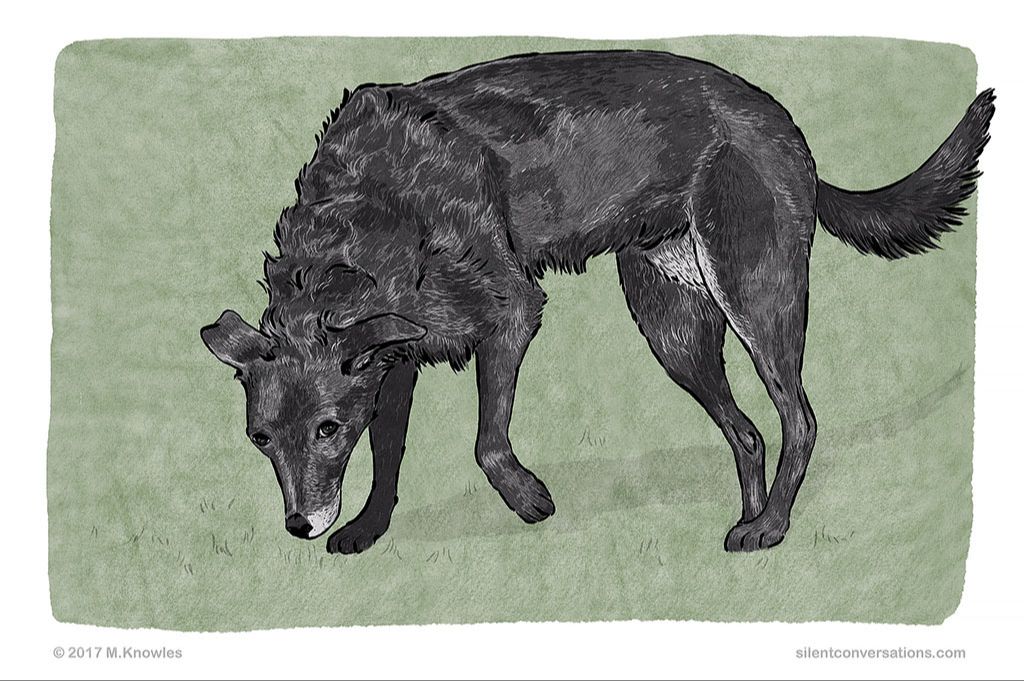
Some dogs may not show natural hunting instincts towards feathers. Try making the feathers more enticing by attaching them to a flirt pole or tying them to a rope toy. You can also rub the feathers on a treat or food your dog loves so they associate the scent with something rewarding. Work up slowly from feathers on the ground to throwing small feathered toys. For more tips, check out this forum thread: Help pup doesn’t like feathers
Overly Excited/Aggressive
Other dogs may get overly excited and obsessed with feather toys. Make sure you are controlling the chase game and asking your dog to sit and wait for cues before releasing them. Work on impulse control training if needed. Limit feather play to short sessions to avoid overstimulation. Scolding or punishing this behavior will likely make it worse, so remain calm and redirect to appropriate toys or chews. For more help with an overexcited retriever, see this post: Won’t retrieve fur or feather dummies
Destroying Equipment
Some dogs get carried away in the moment and destroy feathers or toys during play. Use more durable equipment like boars hair or canvas dummies rather than real feathers at first. Work on “hold” and “give” commands to teach gentle carrying. Exchange a treat for giving up the toy without damage. Try starting with larger retrieving dummies that are harder to destroy. You can find more troubleshooting tips in this thread: feather chewing on retrive
Transitioning Outside
Going from indoor feather chasing games to taking it outside requires patience and gradual steps. Here are some tips for a smooth transition:
Start indoors in a familiar environment before moving outside. Let your dog get comfortable with chasing feathers inside first. This gives them confidence before facing new challenges outdoors.
Move to a securely fenced area outside next, like your backyard. This prevents your dog from running off and keeps distractions to a minimum. Make sure the area is safe and secure.
Use a long lead line at first, at least 10-15 feet. This allows your dog some freedom while still maintaining control. As your dog learns proper recall, you can gradually remove the lead.
Avoid areas with too much wildlife or other distractions initially. Introduce more natural areas slowly so your dog can focus on feathers.
Keep outdoor training sessions short at first, then build up duration. End on a positive note with rewards to encourage the behavior.
With patience and incremental steps, you can transition most dogs from indoor feather play to engaging their natural hunting instincts outdoors!
Chasing Alternatives
While chasing feathers and flirt poles can be great fun for dogs, there are plenty of other chasing games you can try to engage your dog’s hunting instincts in a safe way. Here are some alternatives to feather chasing:
Balls, Frisbees, Bubbles, and Lasers
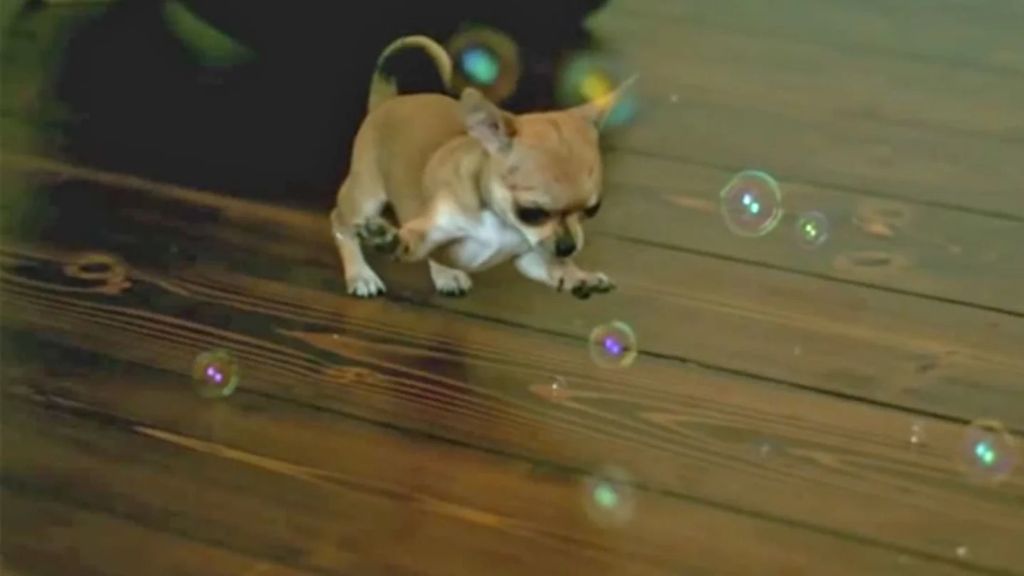
Balls and frisbees are classic retrieval toys that allow dogs to chase, catch, and return an object to you. Try different textures and weights to see what your dog likes best. Bubbles are another great cheap chasing activity. Just be careful not to get soap in your dog’s eyes. Laser pointers also allow dogs to chase a fast-moving dot of light, but be sure to end the game by directing the laser onto a treat or toy your dog can actually catch (according to WagWalking).
Food Puzzle Toys
There are tons of food puzzle toys on the market that require dogs to chase, roll, or otherwise manipulate the toy to release treats or kibble inside. These provide mental stimulation along with the physical exercise of chasing the toy around. Popular options are treat balls like the Kong Wobbler, puzzle toys like the Nina Ottosson line, and snuffle mats that hide kibble in folds of fabric or grass for dogs to “hunt.” Rotate different food puzzles to keep things interesting.
Scent Games
Hide and seek games tap into your dog’s natural hunting drive by having them search out treats or toys based on scent. Start with an easy “find it” game hiding treats under cups around a room. As your dog learns, make it more challenging by hiding smaller treats in grass, under furniture, or outdoors. You can also buy snuffle mats, scent kits, and nosework toys designed just for nose games according to Whole Dog Journal.
Mental Enrichment
Mental enrichment is just as important as physical exercise when it comes to engaging your dog’s natural hunting instincts. There are many ways to provide mental stimulation at home to satisfy your dog’s inner hunter:
Rotating toys helps prevent boredom by introducing novelty into their environment. Put away some toys for a few weeks, then bring them back out to spark curiosity and interest. Food puzzle toys are another excellent way to engage your dog’s problem-solving skills and satisfy their foraging needs.
Exposing your dog to new environments also gives their mind a workout. Take them on field trips to new parks, trails or neighborhoods to sniff and explore. Just going for a ride in the car can provide mental stimulation as they observe the world passing by.
Training your dog to learn new tricks and commands activates their brain through concentration and accomplishment. Start with the basics like sit, stay and come, then move on to more complex behaviors. Training sessions strengthen the bond between you and your pup.
Check out this article from the ASPCA for more Canine DIY Enrichment ideas to keep your dog’s mind engaged and hunting instincts satisfied.
Final Tips
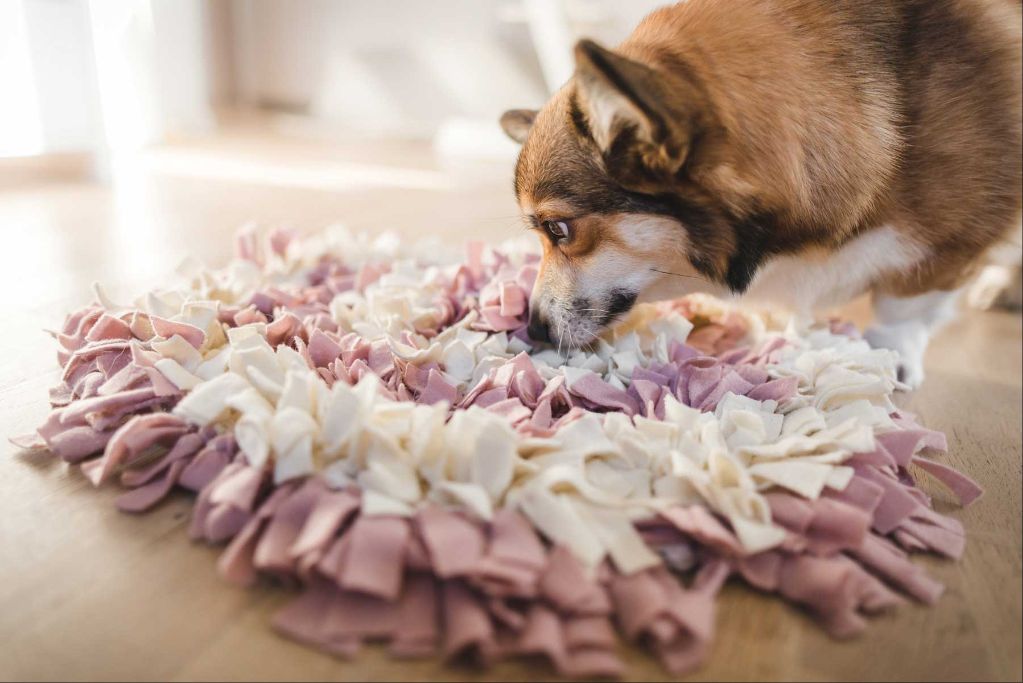
When feather chasing with your dog, it’s important to keep a few final tips in mind:
Keep sessions short – Dogs have short attention spans, so limit chasing games to 10-15 minutes. You want your dog to stay engaged and excited, not get bored.
Monitor your dog’s stamina and interest – Pay attention to signs of fatigue like lagging behind or lack of enthusiasm. End the session before your dog gets overtired.
Make it fun! Use an animated, high-pitched voice and lots of praise to get your dog revved up. Consider pairing the feather with treats to make it more rewarding.
Customize based on your dog – Every dog is different, so adjust the difficulty and intensity to suit your dog’s individual personality and energy level.
By keeping sessions brief, watching your dog’s signals, adding an element of fun, and customizing the experience, you can engage your dog’s natural hunting instincts in a safe, structured way. For more tips, check out this forum discussion on retrieving training.





